What tea professionals need to start the week —
European restrictions on the import of Japanese tea ease April 1… Meet 700-year-old Chigusa … Credit markets are expected to be more active in 2014… Numi Organic Tea secures $4.75 million working capital… Jamba is juiced over Drink Green offerings… Zest high octane tea triples the caffeine of regular black tea… Tea Magazine evolves.
European Restrictions on Japanese Tea Eased
The European Union has eased stringent tests of Japanese foods including tea after examining 85,000 products harvested in the third growing season following the nuclear accident at Fukushima.
 The decision by the Standing Committee on the Food Chain and Animal Health follows a recommendation to lift emergency restrictions on goods from two prefectures and eased restrictions for seven other prefectures. Restrictions on mushrooms from the four prefectures nearest the breached reactors remain. Three additional prefectures, Nagano and two newly added prefectures Akita and Yamagata, face restrictions on mushrooms and a few edible wild plants.
The decision by the Standing Committee on the Food Chain and Animal Health follows a recommendation to lift emergency restrictions on goods from two prefectures and eased restrictions for seven other prefectures. Restrictions on mushrooms from the four prefectures nearest the breached reactors remain. Three additional prefectures, Nagano and two newly added prefectures Akita and Yamagata, face restrictions on mushrooms and a few edible wild plants.
Shortly after the March 2011 disaster importers of Japanese tea, fruits and vegetables, meats and some seafood were advised their goods would be quarantined and subject to additional tests for radioactive cesium and iodine. The cost of sampling and the lengthy delays required to test foods virtually closed the European market to perishables from half the country.
All products had to be tested before leaving Japan. All costs resulting from these checks, including the cost of sampling and analysis and any enforcement measures taken in respect of a failed consignment must be met by the importer, according to the standing committee. Ten percent of arriving goods were examined. Costs at the English Port of Suffolk are typical, adding $400 to the price of landing a container. Items that failed tests faced an additional $185 in fees.
Few of the prefectures grow substantial quantities of tea except Shizuoka which accounts for much of the country’s production and processes tea from the nearby prefectures. It is the home to the great port of Yokohama. Shizuoka, As of April 1 Yamanashi, Niigata and Aomori no longer have to contend with restriction on tea.
The next review is March 31, 2015 at which time most of the remaining restrictions are expected to be lifted.
Source: Food Safety, Port of Suffolk, Japan News
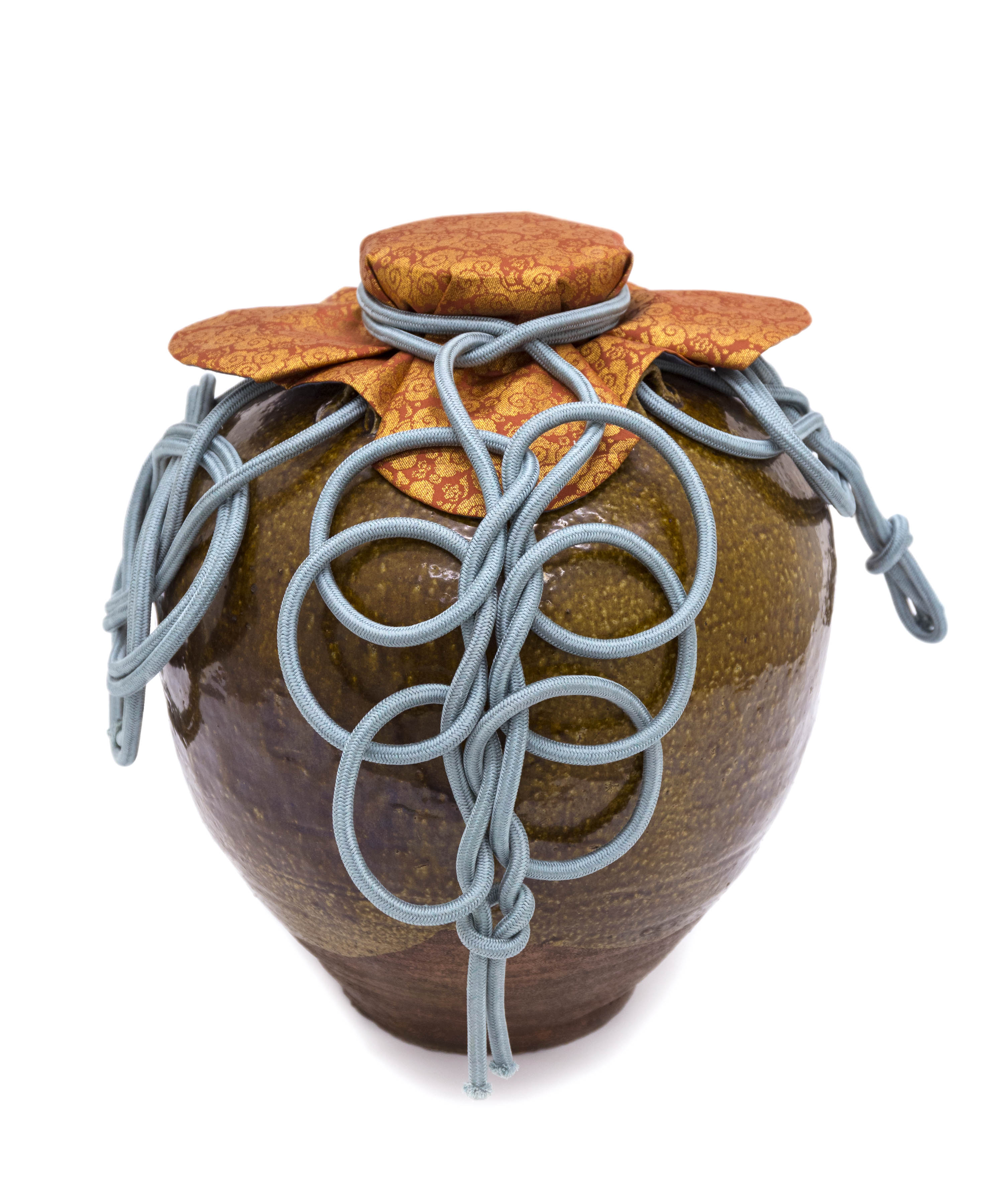
Meet Chigusa, a 700-Year-Old Tea Jar
By Stephenie Overman
Introductions are in order.
Please meet Chigusa. At first glance an ordinary Chinese tea storage jar, over the course of centuries Chigusa has become one of the most revered objects of Japan’s chanoyu, or “art of tea.”
“Tea men looked at Chigusa and found beauty even in its flaws, elevating it from a simple tea jar to how we know it today,” says Louis Allison Cort, curator for ceramics at the Smithsonian Institution’s Freer Gallery of Art and Arthur M. Sackler Gallery.
“This ability to value imperfections in objects made by the human hand is one of the great contributions of Japanese tea culture to the world,” she said.
Only a few hundred similar tea storage jars survive and fewer still are accompanied by such a wealth of artifacts and documentation.
Japanese tea enthusiasts awarded each jar its own name, often tied to poetry or literature, as a sign of respect and reverence. The name Chigusa means “abundance of varieties” or “abundance of plants.” Since Chigusa has its own distinctive name, “we can trace its story precisely to the present day,” Cort says.
These Japanese tea enthusiasts often kept extensive diaries, which recorded detailed descriptions of Chigusa’s physical attributes and accessories, allowing contemporary scholars to see the jar through their eyes, notes Andrew M. Watsky, professor of Japanese art at Princeton University.
“Looking at, appreciating objects’ shape, size and so on was part of the pleasure of tea,” Watsky says. “They took this very seriously.”
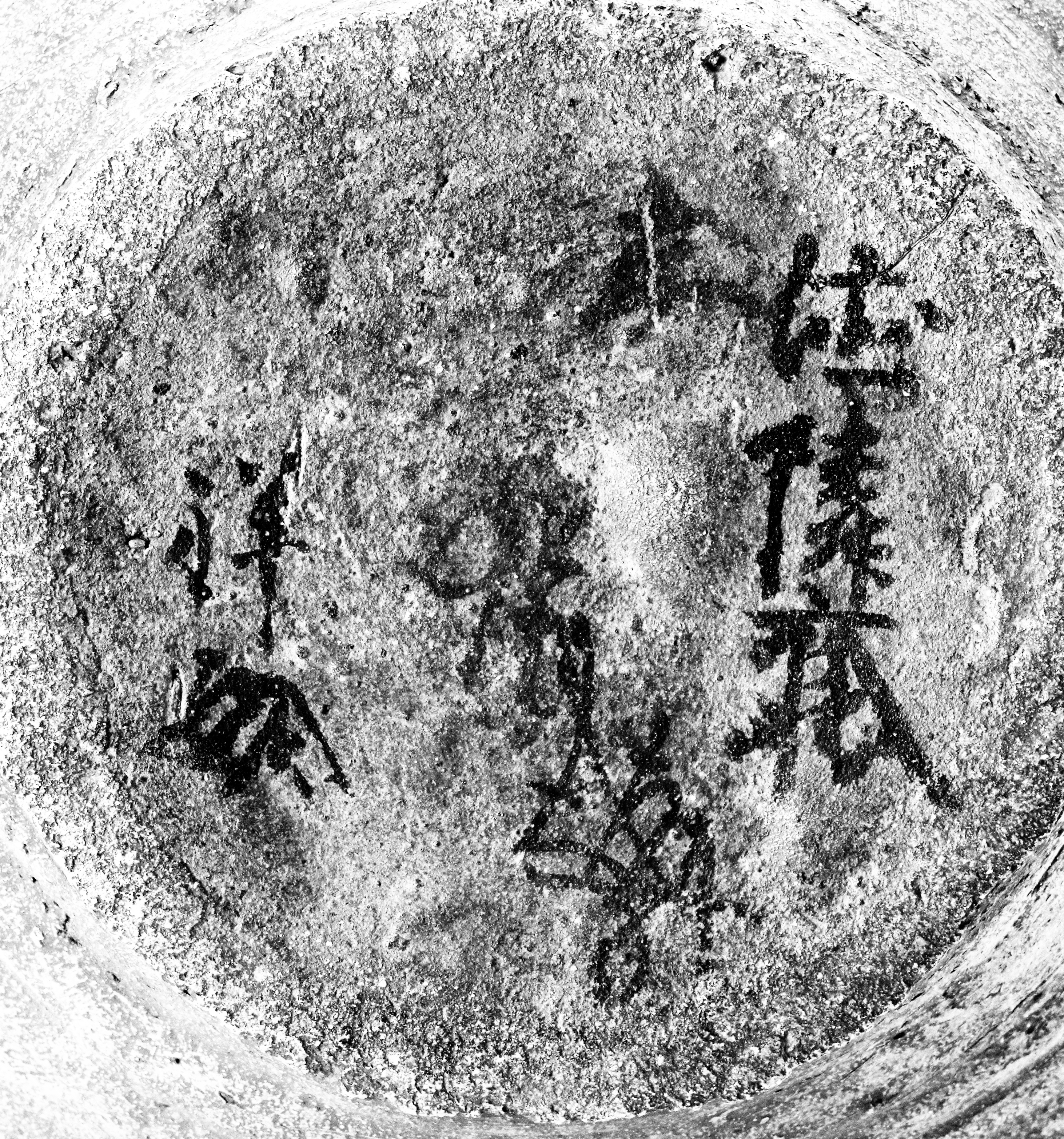
From these extensive records, scholars know how Chigusa originated as one of countless utilitarian ceramics made in southern China during the 13th or 14th century and was shipped to Japan as a container for a commercial product.
In Japan however, Chigusa, like other Chinese storage jars, was endowed with special status, and over the years it became a highly desirable antique. One eyewitness, who saw the jar at a gathering in 1586, admired its large size and the reddish color of the clay and noted that it was a “meibutsu,” meaning “celebrated tea object.”
Chigusa is visiting the Sackler Gallery in Washington, D.C, through July 27. Chigusa then travels to the Princeton University Art Museum in the fall. The exhibition is accompanied by a book of essays by a number of authors narrating Chigusa’s 700-year-history.
In the exhibition, “Chigusa and the Art of Tea,” Chigusa holds court over other cherished objects, including Chinese and Korean tea bowls and Japanese stoneware water jars and wooden vessels that were used and enjoyed during this formative time of Japanese tea culture.
The goal of the exhibit, Cort says, is “to show the total package used in a 16th century ceremony,” based on the tea diaries.
In the 15th century participants in Japanese tea ceremonies were impressed “by the quantity of objects,” she says. But in the 16th Century – the high point of chanoyu – the emphasis was on the harmony of the objects within the group.
“There was a combination of precious and easily available objects and the contract of highly different materials. It was a powerful aesthetic experience for guests” at tea gatherings, Cort says.
For display in the tea room, Chigusa has been outfitted with accessories bestowed upon it by its successive owners: a mouth covering of antique Chinese gold-brocaded silk, a netted bag of sky-blue silk and a set of blue silk cords used to tie ornamental knots attached to the four lugs on the jar’s shoulder. A video in the exhibition follows a tea master in the elaborate process of dressing Chigusa in its adornments.
In order to create the intimate feel of a 16th-century tea gathering, and to give the sense of how the objects would fit into the space, part of the exhibition recreates a Japanese tea room.
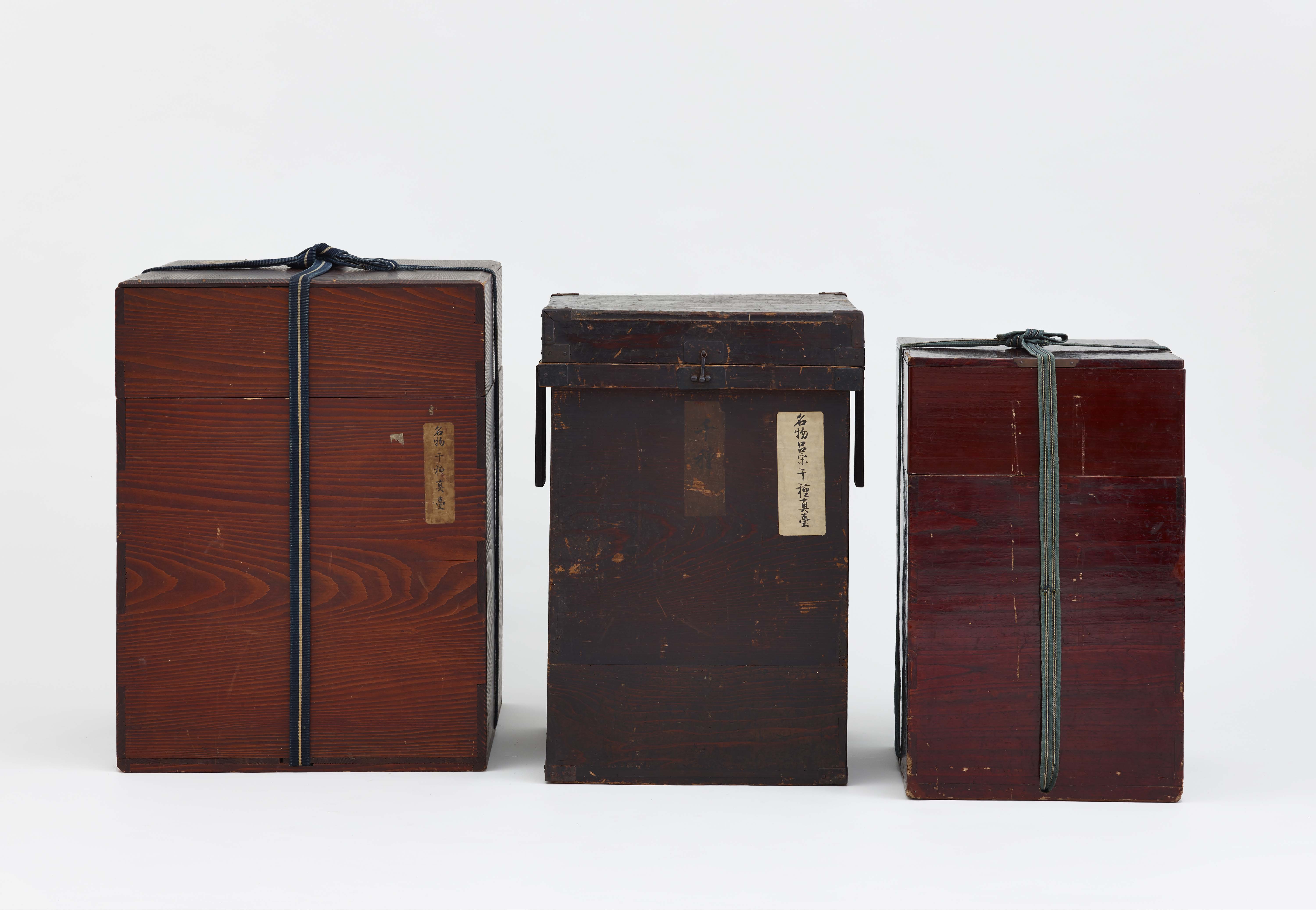
“Tea is a living activity,” Watsky says, and visitors to the exhibit will have an opportunity to experience a traditional Omotesenke tea presentation, including the preparation of matcha, the whisked green tea made from leaves of the kind that Chigusa would have contained.
The museum acquired the 16.5-inch tall jar at auction in 2009. Believed to have been made during the Yuan dynasty, it is colored with a mottled amber glaze with four lugs on its shoulder and a cylindrical neck with a rolled lip sealed by a silk cover and secured with cord.
The jar bears four ciphers written in lacquer on its base. The oldest is attributed to Noami (1397-1471), a painter and professional connoisseur for the Ashikaga shogun. According to researchers, this suggests the possibility, otherwise unrecorded, that the jar circulated among owners close to the Ashikaga government. The next oldest cipher is that of Torii Insetsu (1448-1517) an important tea connoisseur and collector in the international trading city of Sakai, known for innovative tea activity. The next owner to inscribe his cipher was another Sakai tea enthusiast, Ju Soho, who hosted a tea in the new year of 1573 for guests, including the esteemed tea master Sen no Rikyu (1522-91). Learn more: Chigusa and the Art of Tea
The Arthur M. Sackler Gallery is located at 1050 Independence Avenue S.W. and the Freer Gallery of Art is located at 12th Street and Independence Avenue S.W. both on the National Mall in Washington, D.C. Hours are 10 a.m. to 5:30 p.m. daily, except Dec. 25. Admission is free.
Source: Smithsonian Institution
Credit Markets Active
A poll of middle-market executives by KPMG predicts an active credit market in 2014.
“Executives anticipate a shift from opportunistic deals to corporate M&A, which will be driving activity in the 2014 credit markets,” according to the U.S. audit, tax and advisory firm.
The market has been slow the past few years according to Joe Rodgers, co-head for Capital Advisory for KPMG Corporate Finance.
“With economic indicators improving over the latter part of 2013 and the credit market remaining very supportive, all signs pointed to an uptick in M&A activity for 2014 at the turn of the year,” he said. Thirty-six percent of the executives expect corporate M&A will be the primary driver. Twenty-six percent expect refinancing will drive credit markets and 23% anticipate private equity funded buyouts with 15% of the financing used for restructuring.
Tea companies routinely secure financing this time of year to insure sufficient goods for the peak sales season. Numi Organic Tea recently obtained $4.75 million to keep pace with its rapid growth in major retail outlets.
Teas from the Oakland, Calif.-based firm can be found in Whole Foods, Stop & Shop, Safeway, Target, Balducci’s and Trader Joe’s. It is also the tea of choice of Marriott and Hyatt foodservice buyers.
Business Capital, which recently provided the $4.75 million credit facility and a $750,000 seasonal over-advance, praised Numi as a company “that cares so much about their suppliers, quality of product, customer experience and our planet. This company’s financing needs were significant and were happy to deliver a solution beyond what most formula based lenders can fund against,” said Chuck Doyle, Managing Director of Business Capital.
“They took the time to understand our complex global business model and deliver a financing structure tailored to ensure the best possible outcome for Numi,” said Ahmed Rahim, CEO of Numi Organic Tea.
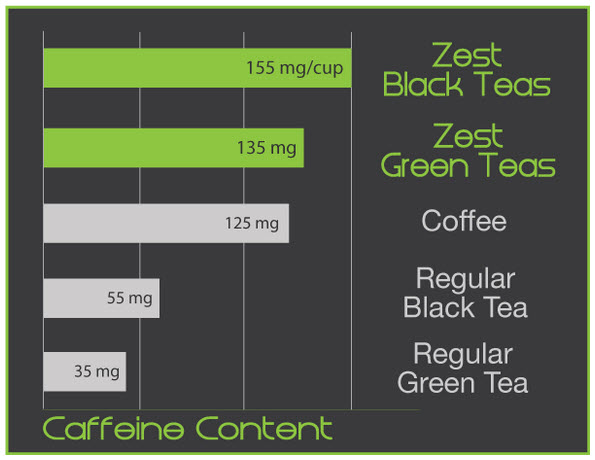
Zest Tea Company
Caffeine fortified Zest Tea is a new loose-leaf and bagged line developed to wake you up in the morning.
Founder James Fayal couldn’t find a traditional tea with enough caffeine to keep him alert so he blended caffeine rich teas, oils and other natural ingredients to triple the caffeine of regular black tea.
“I wanted to increase the energizing caffeine punch, but not at the expense of quality, that’s why we start all of our blends with premium base teas,” he said.
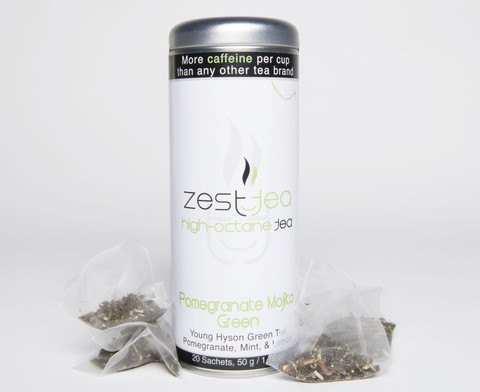
His proprietary blending process maintains tea’s healthy dose of tannins and antioxidants while avoiding the “jolt and crash” impact of coffee, said Fayal. A cup sustains alertness over a six to eight hour period.
Flavors include Apple Cinnamon, Earl Grey and Blue Lady black teas and Pomegranate Mojito green tea.
The project was crowd funded in a competition co-sponsored by American Express and Venture For America.
Learn more: Zest Tea
Jamba is Juiced Over Drink Green Smoothies
Jamba Juice is rolling out custom-ordered whole food blends.
The new offerings far exceed the nutritional value of carrot juice and squeezed oranges by introducing beets and kale and ginger to the menu. The Orange Fusion combines fresh-squeezed orange juice blended with whole fresh carrots with bananas, mangos, chia seeds, soy milk and nonfat Greek yogurt. An infographic on the company’s website summarizes a survey on beverage preferences that indicated 1 in 5 prefer to drink beets and dark leafy greens in juice rather than eating them whole.
Many of those who participated in the survey believe green juice to be the most nutritious juice, but are skeptical that it could also be great-tasting.
- More than one-quarter (28%) of U.S. adults say they “fear the look” of green juice;

- Green represents the juice people drink least often
- 32% say green juice is the one they like the least, and;
- Only 9% of people like green juice best.

“Just like we should be enjoying a wide range of all the colors of the rainbow in the food we eat, drinking colorful fruits and vegetables is an easy way to satisfy your daily requirements, too. Juices made from ingredients like kale, spinach, beets and chia seeds are powerhouses of good nutrition and they can actually taste good,” said Kathleen Zelman, MPH, RD, LD and member of the Jamba Juice Healthy Living Council.
The results of the YouGov study of 2,200 Americans also highlighted a discrepancy between Baby Boomers’ and Millennials’ views on juice. Not only were Millennials more open to green juice, but also to the broader notion of drinking vegetables.
- Millennials are twice as likely as Boomers to think that vegetables taste better in juice (39% vs 18%);
- Millennials are twice as likely as Boomers to prefer green juice (13% vs 6%); and,
- Millennials are twice as likely as Boomers to most often drink green juice (13% vs 6%).
- Combined, two-thirds (66%) of Americans believe fresh-squeezed juice is healthy.
According to a 2013 report published by the USDA based on MyPlate serving suggestions, men, women and children are only eating 1/3 of the fruit (33%) and 2/3 of the vegetables (63%) they need each day. “It gives us the opportunity to democratize this really healthy trend that is largely unattainable for most consumers because of either availability or cost,” CEO James White told CNN Money.
Whole food smoothies are available at 50 locations equipped with new juicers and mixers. Whole food juices will be available at 300 of Jamba’s 800 locations later this year.
Learn more: Jamba Juice
Tea Magazine Evolves…
Tea Magazine® a 20-year-old consumer publication for tea enthusiasts is replacing its bi-monthly print edition with a combined print +online content package for its readers, including a new book-style softcover guide to tea published annually.
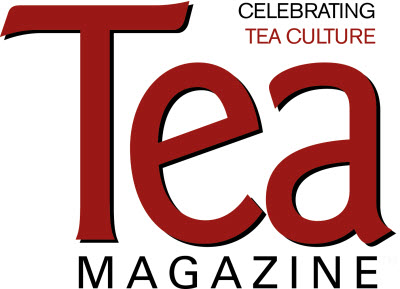 In mid-April ITEM Media will launch The Daily Tea (www.thedailytea.com) a subscription-based tea portal replacing www.teamag.com. Visitors to the site will see a mix of free and paid content, along with new articles each month, and some previously published in Tea Magazine. Subscribers have their choice of several different newsletters — for example, newsletters targeted to those interested in cooking with tea; Yoga and tea; tea travel and terroir.
In mid-April ITEM Media will launch The Daily Tea (www.thedailytea.com) a subscription-based tea portal replacing www.teamag.com. Visitors to the site will see a mix of free and paid content, along with new articles each month, and some previously published in Tea Magazine. Subscribers have their choice of several different newsletters — for example, newsletters targeted to those interested in cooking with tea; Yoga and tea; tea travel and terroir.
Subscribers will get at least three new feature articles a month, “…the articles will be accompanied by video, behind-the-scenes interviews and picture galleries, which is a lot more than we could do in print,” said Chief Media Officer Graham Kilshaw.
Since acquiring the magazine in January 2012, “we have built the audience from just a couple of thousand to more than 30,000. Most of this growth has come from our digital platforms, and very little has come from our print media,” said Kilshaw.
“We now see an opportunity to grow our audience significantly beyond its current 30,000 people – digitally. Consequently we are going to make several changes starting in May 2014,” he said.
The 150-page book-style magazine, often referred to as a “bookazine” will have longer in-depth feature articles on science, geography and history and “great photography,” said Kilshaw. There will also be a catalog of tea products, said Kilshaw. The publication will be mailed to all subscribers and sold nationally in bookstores and by grocers including Whole Foods Market.

Annual subscriptions are $24.99 and include the new $9.99 “Tea Magazine 2015 Tea Guide” mailed annually in September.
Kilshaw was upbeat about the new direction which he described as “evolving from predominately print with a little bit of digital to becoming predominately digital with a little bit of print.”
“This is all about aligning our goals and strategy with our resources. Producing the print magazine required us to spend 80 percent of our resources on 20 percent of the content. During the past 24 months print subscriptions increased by a couple of thousand while our digital audience has grown by five times,” he said.
“The change in the mix of media is driven by our readers,” said Kilshaw. “Print generally-speaking attracts an older demographic and we want to reach a broad audience. Younger tea drinkers are forming their tea habits now, experimenting widely and trying out lots of different teas. They represent the future customers of our media clients,” he said, adding , “We want to build a very large audience for the tea community.”
The company expects to soon announce a new content manager to replace Kate Sullivan who left in December.
Learn more: www.thedailytea.com
— — —
Tea Biz serves a core audience of beverage professionals in the belief that insightful journalism informs business decision making. Tea Biz reports what matters along the entire supply chain, emphasizing trustworthy sources and sound market research while discarding fluff and ignoring puffery.
Tea Biz posts are available to use in your company newsletter or website. Purchase reprint and distribution rights for single articles or commission original content. Click here for details.

